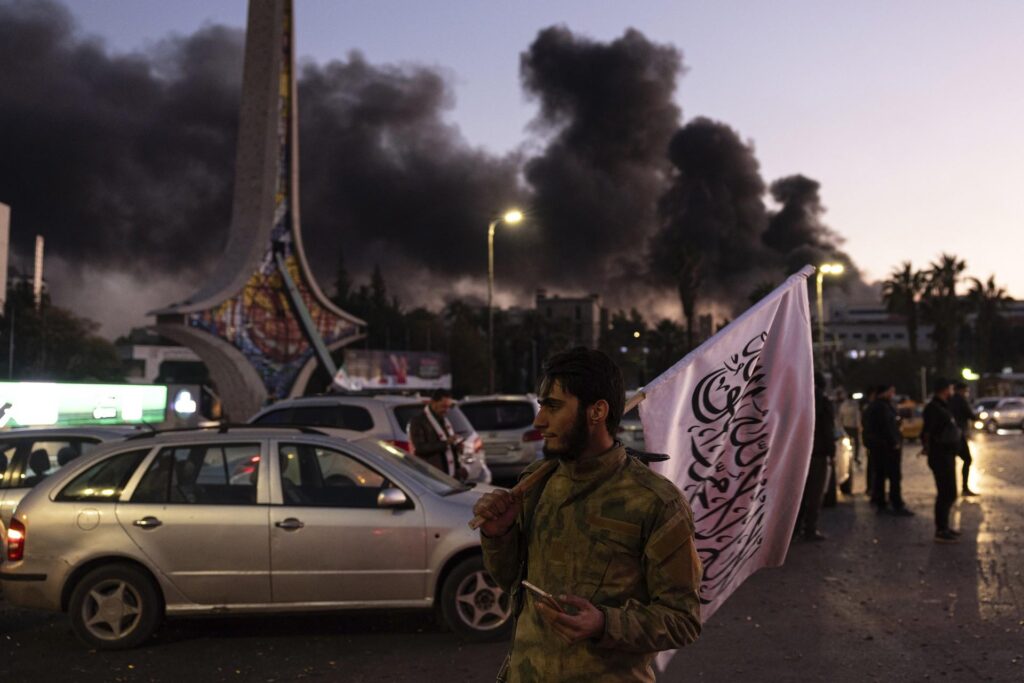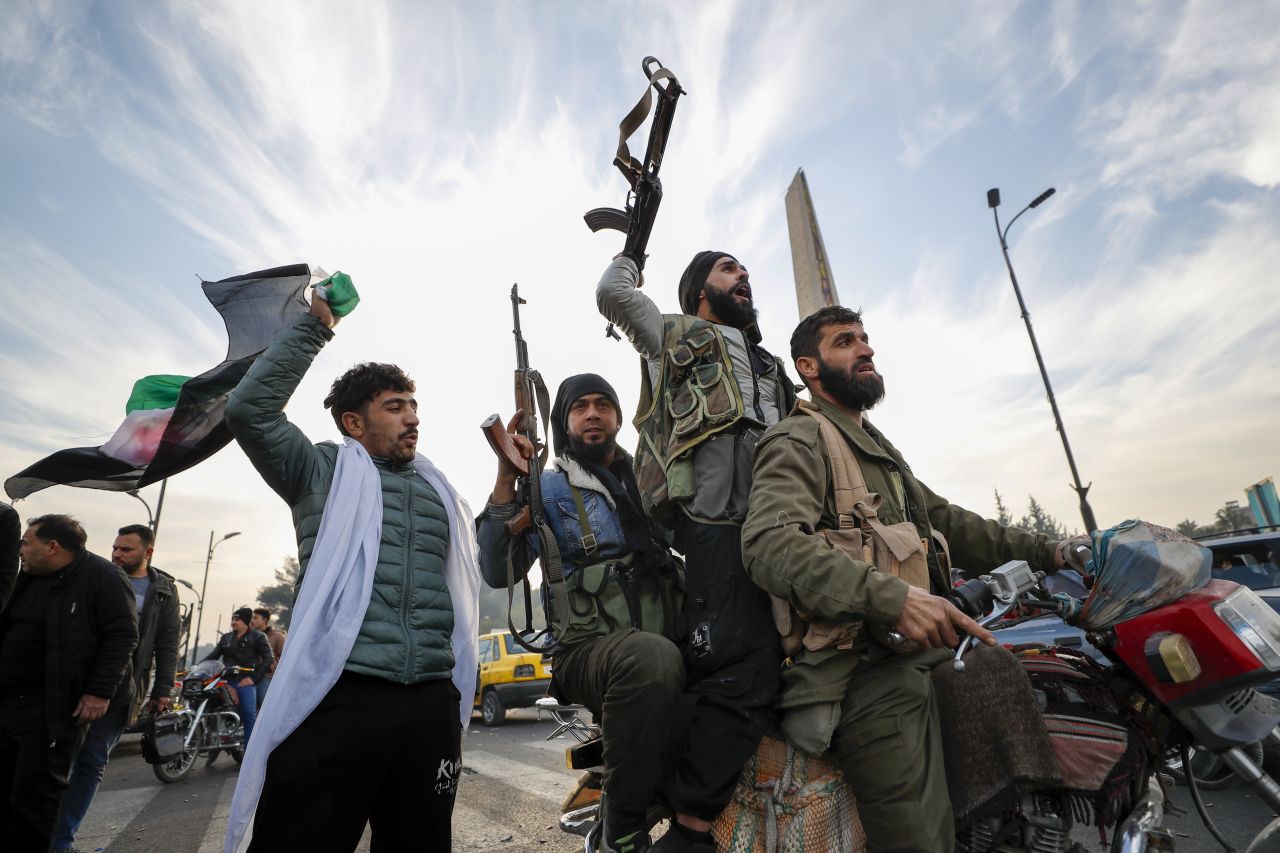Syria Civil War: Why the War in Syria? Why Did Assad Escape?
Like the Bangladesh, power changed overnight in the Syria. In Syria just as former prime Minister Sheikh Hasina fled the country, Syrian President Bashar al-Assad also fled the country. Now the question, why did this happen?
Source : CNN
The Roots of the Conflict
If you want to find the cause of the conflict you have to go back to 2011. That year, inspired by the Arab Spring uprisings across the Middle East, Syrian rebels became active to oust al-Assad. The protests calling for democratic reforms and an end to corruption. However, Assad suppressed that protest with a strong hand, leading to widespread violence. What started as protests soon escalated into a full-blown civil war. More than 5 lakh people died in the conflict.
Today, after 13 years, on December 8, Assad left the country. The rebels are now in control of Syria.
Assad’s Grip on Power
For almost 8 years, the rebels in Syria could not raise their heads. The Assad regime was supported by Russia and Iran. Although rebels control on north & west Syria. But on November 27, the Islamic organization Hayat Tahrir al-Sham reversed all calculations. For 5 years, this organization has occupied and ruled 13 villages on the edge of Idlib, Syria. Within days, they captured Syria’s second largest city, Aleppo, Hama. and finally captured the capital Damascus.

The Turning Point
On November 27, 2023, Hay’at Tahrir al-Sham made a decisive move, capturing significant territory and overturning years of calculated control. The group, which had long dominated 13 villages in Syria’s Idlib province, launched an unexpected offensive that dismantled government forces’ defenses. This swift advance disrupted the fragile equilibrium, forcing Assad to flee the country on December 8, 2024.
How is the political situation in Syria now?
The largest area is held by the Syrian Democratic Forces (SDF), which is backed by the US and controls Kurdish-dominated areas in the west and northwest. Along the border with Turkey in the north, there is the Syrian National Army, backed by Ankara, which controls an area larger than that controlled by HTS.
After capturing Damascus, the HTS has now become the most significant force in Syria and will also control areas controlled by the Assad regime.

Conclusion
The escape of Bashar al-Assad marks a significant chapter in Syria’s tumultuous history. While the rebels now control the narrative, their ability to unify and rebuild the country will determine Syria’s trajectory. The scars of war run deep, but this turning point offers a chance to move towards a more stable and inclusive future. The road ahead is uncertain, but with strategic efforts, hope remains for a better tomorrow.
[All the details provided in this article have been sourced from leading news channels and credible articles, reflecting the latest developments on the ongoing situation in Syria.]



